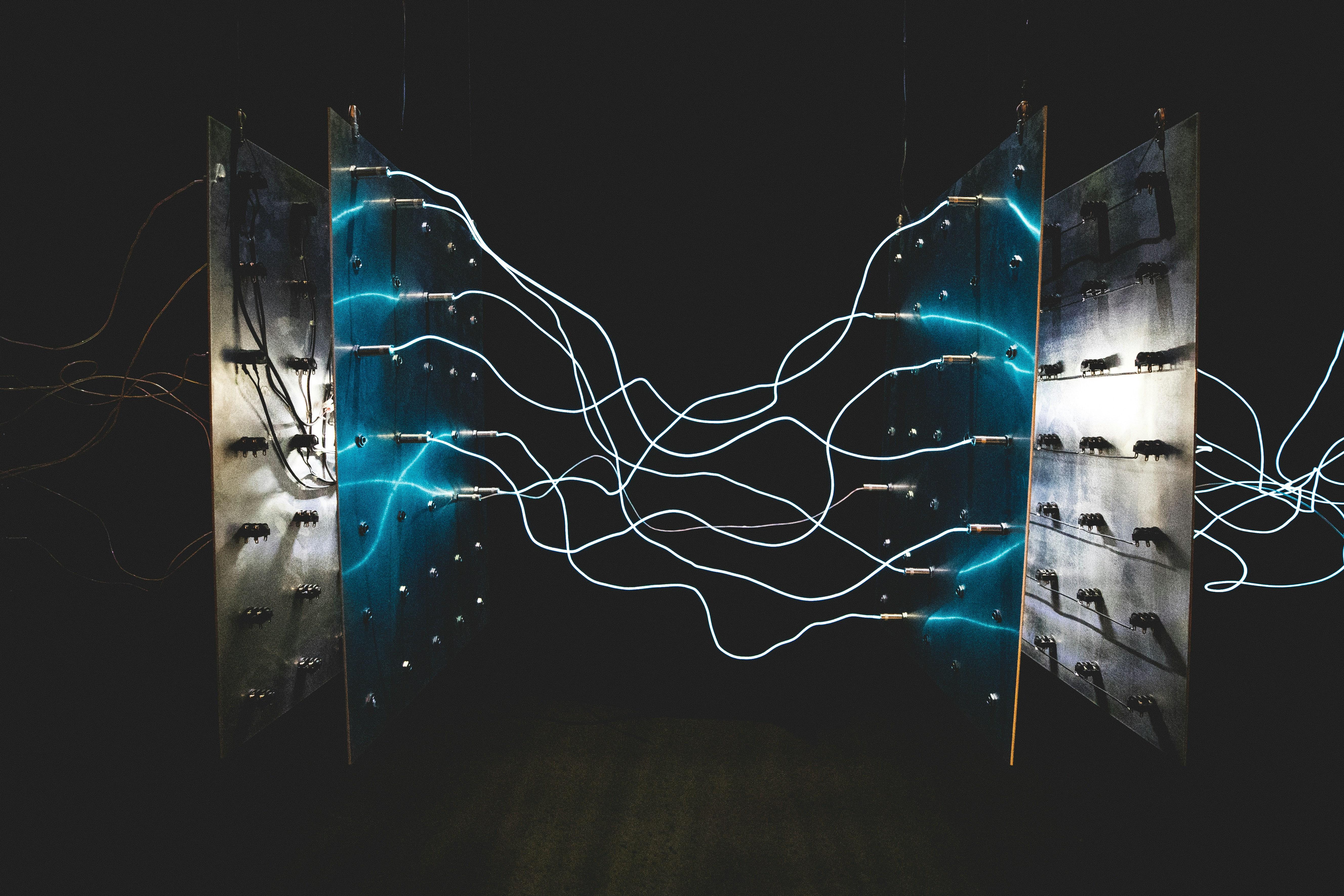In the rapidly evolving landscape of renewable energy, solar power stands as a beacon of hope for a sustainable future. Yet, harnessing the sun’s potential requires not only technological innovation but also a workforce equipped with the skills to implement and maintain these advancements. Enter virtual reality (VR), a tool that is reshaping the way we learn and train in the solar energy sector. By immersing trainees in a simulated yet remarkably realistic environment, VR offers a dynamic platform for mastering the complexities of solar technology. From installing photovoltaic panels to troubleshooting intricate systems, this cutting-edge approach provides an interactive and risk-free setting for hands-on experience. As we explore the role of virtual reality in solar energy training, we uncover how this technology is bridging the gap between theoretical knowledge and practical expertise, preparing a new generation of solar energy professionals to illuminate the world with renewable power.
Immersive Learning Environments Revolutionizing Solar Education
Virtual Reality (VR) is paving the way for a transformative shift in solar energy education by providing immersive learning experiences that transcend traditional classroom settings. Through VR, learners can explore solar installations in a simulated environment, offering a hands-on approach without the physical constraints of real-world locations. This technology enables students to visualize and interact with solar panels, wiring systems, and energy storage units, fostering a deeper understanding of complex concepts. By simulating various weather conditions and energy consumption scenarios, VR helps learners grasp the dynamic nature of solar energy systems, preparing them for real-world challenges.
Incorporating VR into solar education offers numerous benefits:
- Enhanced Engagement: Interactive simulations maintain student interest and improve retention of information.
- Risk-Free Experimentation: Learners can experiment with system configurations without the risk of damaging expensive equipment.
- Accessibility: VR makes it possible for students worldwide to access high-quality solar training, regardless of geographical constraints.
- Cost-Effectiveness: Reduces the need for physical resources and travel, making solar education more affordable.

Bridging the Gap: Virtual Realitys Impact on Skill Development
Virtual reality (VR) is revolutionizing the way we approach skill development in the renewable energy sector. By offering immersive and interactive training environments, VR allows trainees to gain practical experience in solar energy systems without the risks associated with real-world installations. This cutting-edge technology provides a safe and controlled setting where users can engage with realistic simulations of solar panel installations, maintenance, and troubleshooting.
- Enhanced Learning: VR creates a hands-on learning experience, enabling users to understand complex solar technologies intuitively.
- Cost Efficiency: Reducing the need for physical materials and resources, VR offers a cost-effective solution for training large numbers of technicians.
- Global Access: VR training can be accessed from anywhere, making it possible for aspiring solar energy professionals worldwide to receive quality education.
By integrating VR into solar energy training programs, we are bridging the gap between theoretical knowledge and practical application, preparing a new generation of skilled professionals ready to tackle the challenges of a sustainable future.

Harnessing Technology: Enhancing Solar Expertise Through VR
In the rapidly evolving field of solar energy, staying ahead with the latest technologies is crucial for professionals. Virtual Reality (VR) has emerged as a groundbreaking tool, revolutionizing how solar expertise is cultivated. By immersing trainees in realistic, interactive environments, VR enables them to experience complex solar installations without the constraints of physical space or equipment. This technology allows for hands-on practice in a controlled setting, significantly reducing the learning curve for new entrants and offering seasoned professionals a platform for skill enhancement.
- Interactive Learning: VR creates a dynamic learning environment where users can engage with solar panels, inverters, and other equipment as if they were on-site.
- Cost-Effective Training: With VR, organizations can minimize the costs associated with physical training setups, travel, and equipment wear and tear.
- Safe Skill Development: Trainees can safely explore high-risk scenarios, such as electrical troubleshooting or installation at heights, without real-world hazards.
Moreover, the adaptability of VR training programs allows for continuous updates in line with the latest solar technologies and regulations. As a result, solar professionals can maintain their expertise in a fast-paced industry, ensuring that their skills are always aligned with current demands and innovations.

Recommendations for Integrating VR into Solar Training Programs
To successfully incorporate virtual reality into solar energy training, it’s crucial to follow a strategic approach that enhances learning experiences and ensures technical proficiency. Start by investing in high-quality VR equipment that can simulate real-world solar installation scenarios with precision. This will not only improve the realism of the training but also engage trainees in a more immersive environment. It’s important to ensure that the software used is regularly updated to reflect the latest industry standards and practices.
Consider developing a modular curriculum that allows trainees to progress through various levels of complexity at their own pace. This can include foundational lessons on solar technology basics, followed by advanced modules that cover system design and troubleshooting. Additionally, integrating interactive elements such as quizzes and challenges can help reinforce learning and provide immediate feedback. Lastly, foster a community of practice by encouraging collaboration and discussion among trainees through virtual platforms, allowing them to share insights and experiences gained from the VR training.
Wrapping Up
As we stand on the cusp of a technological renaissance, the intersection of virtual reality and solar energy training emerges as a beacon of innovation and possibility. By harnessing the immersive power of VR, we are not merely teaching skills; we are sculpting the future stewards of sustainable energy. This synergy offers a transformative pathway to learning, where complex systems become accessible landscapes to explore, understand, and master. As virtual reality continues to evolve, so too will its capacity to illuminate the intricacies of solar energy, empowering a new generation of pioneers. In this evolving digital arena, the sun may power our homes, but it is virtual reality that will power the minds shaping tomorrow’s sustainable solutions. Let us embrace this fusion of technology and training, ensuring that as the sun rises each day, so too does our commitment to a brighter, greener future.

































